Notizie per Categorie
Articoli Recenti
- [Launched] Generally Available: ACLs (Access Control Lists) for Local Users in Azure Blob Storage SFTP 17 Aprile 2025
- [Launched] Generally Available: New major version of Durable Functions 17 Aprile 2025
- [Launched] Generally Available: Azure SQL Trigger for Azure Functions in Consumption plan 17 Aprile 2025
- [In preview] Public Preview: Rule-based routing in Azure Container Apps 17 Aprile 2025
- [In preview] Private Preview: DCesv6 and ECesv6 series confidential VMs with Intel® TDX 17 Aprile 2025
- [Launched] Generally Available: ExpressRoute Metro Peering locations and Global Reach are now available in more regions 17 Aprile 2025
- [Launched] Generally Available: Azure Front Door custom cipher suite 17 Aprile 2025
- Microsoft’s Secure by Design journey: One year of success 17 Aprile 2025
- [In development] Private Preview: Azure Backup for AKS Now Supports Azure File Share-based Persistent Volumes 16 Aprile 2025
- [In preview] Public Preview: Remote Model Context Protocol (MCP) support in Azure Functions 16 Aprile 2025

How implementing a trust fabric strengthens identity and network Read the blog At Microsoft, we’re continually evolving our solutions for protecting identities and access to meet the ever-changing security demands our customers face. In a recent post, we introduced the concept of the trust fabric. It’s a real-time[…]
Read More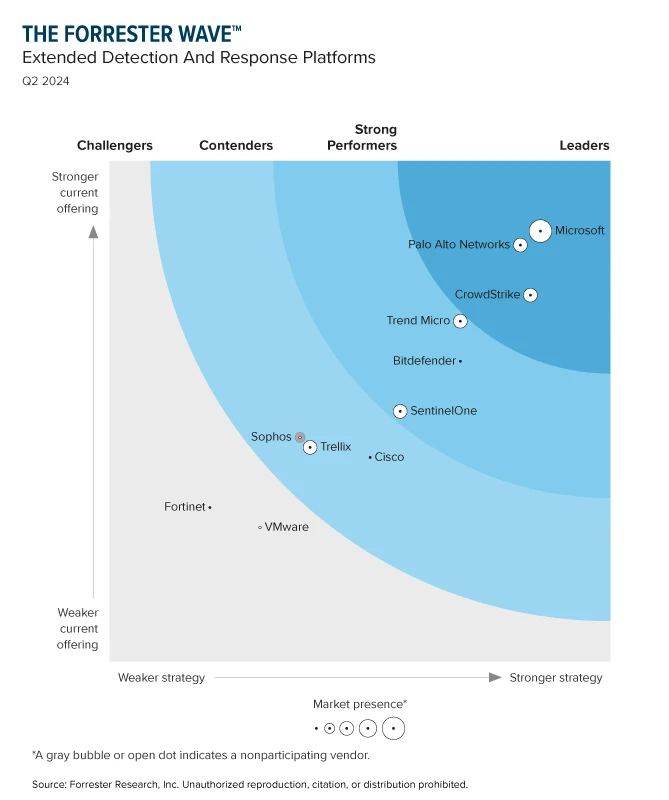
“Defenders think in lists, attackers think in graphs.”1 This remains a reality for the many organizations that operate across siloed security tools, fueling the demand on security operations (SOC) teams, as advanced cyberattacks continue to increase in frequency and speed. That’s where extended detection and response (XDR) solutions[…]
Read More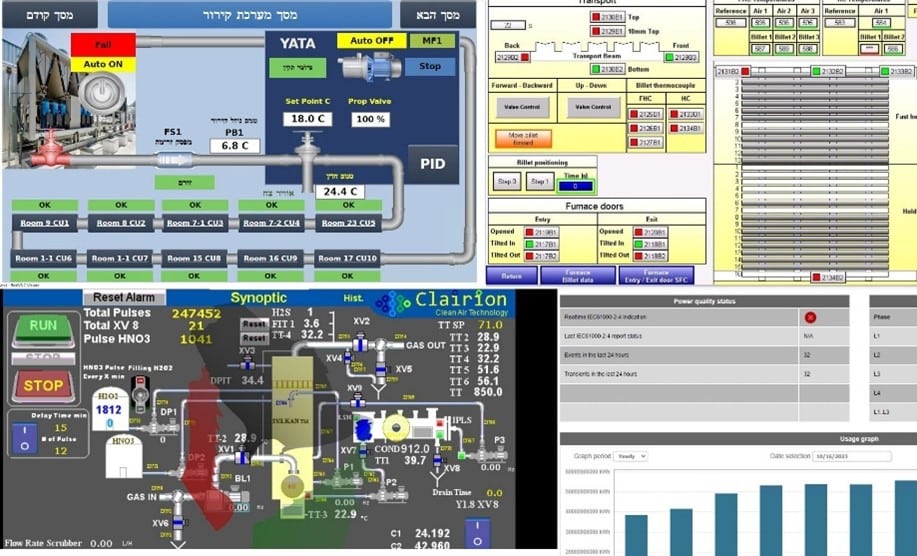
Since late 2023, Microsoft has observed an increase in reports of attacks focusing on internet-exposed, poorly secured operational technology (OT) devices. Internet-exposed OT equipment in water and wastewater systems (WWS) in the US were targeted in multiple attacks over the past months by different nation-backed actors, including attacks[…]
Read More
Multicloud computing has become the foundation for digital businesses, with 86% of organizations having already adopted a multicloud approach.1 However, for all its benefits around increased agility, flexibility, and choice, we also see unique challenges with multicloud—including the need to manage security, identity, and compliance across different cloud[…]
Read More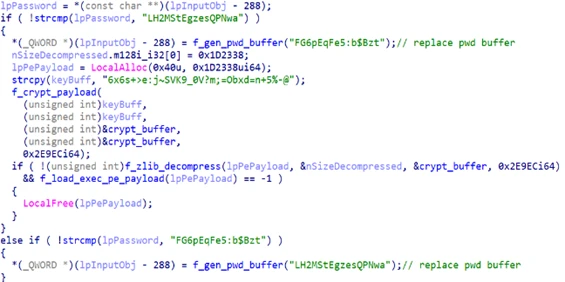
Microsoft has identified a new North Korean threat actor, now tracked as Moonstone Sleet (formerly Storm-1789), that uses both a combination of many tried-and-true techniques used by other North Korean threat actors and unique attack methodologies to target companies for its financial and cyberespionage objectives. Moonstone Sleet is[…]
Read More
In the ever-evolving landscape of cyberthreats, staying ahead of malicious actors is a constant challenge. Microsoft Threat Intelligence has observed that gift cards are attractive targets for fraud and social engineering practices. Unlike credit or debit cards, there’s no customer name or bank account attached to them, which[…]
Read More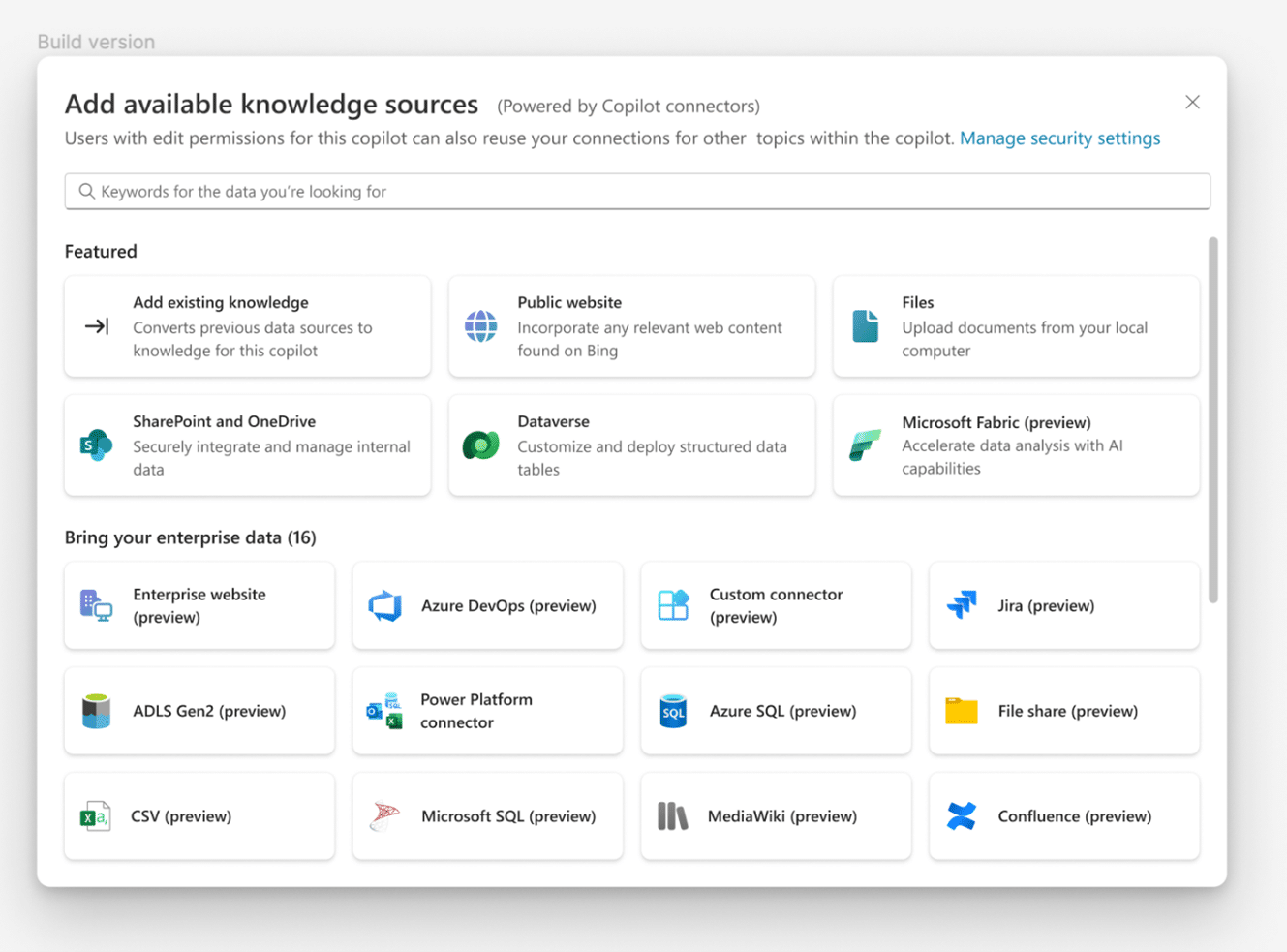
Microsoft Copilot is designed to enhance business productivity by leveraging AI to streamline routine tasks, allowing users to concentrate on strategic and creative endeavors. It boosts organizational efficiency by automating repetitive tasks, freeing up time for the workforce, and enriching solution capabilities with integrated experiences in Microsoft Power[…]
Read More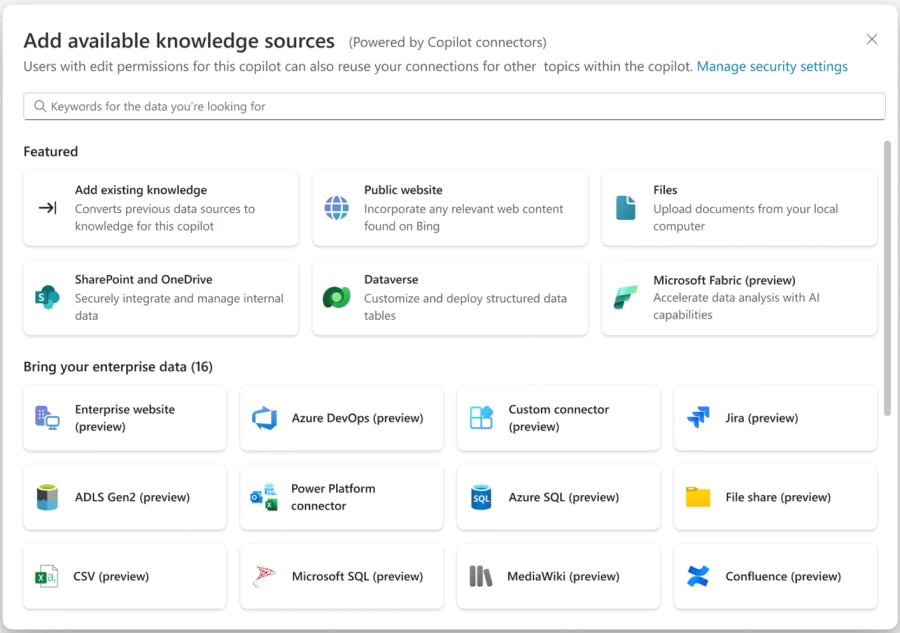
At Microsoft Build 2024, we’re delivering a new set of features for Copilot that enable organizations to achieve their business goals, from Team Copilot to powerful advancements for developers to customize Microsoft Copilot with extensions and connectors or build their own. We’re excited to share the latest AI[…]
Read More
Ahead of the Microsoft Build 2024 conference, we announced a new class of Windows computers, Copilot+ PC. Alongside this exciting new class of PCs, we are introducing important security features and updates that make Windows 11 more secure for users and organizations and give developers the tools to[…]
Read More
Since mid-April 2024, Microsoft Threat Intelligence has observed the threat actor Storm-1811 misusing the client management tool Quick Assist to target users in social engineering attacks. Storm-1811 is a financially motivated cybercriminal group known to deploy Black Basta ransomware. The observed activity begins with impersonation through voice phishing[…]
Read More